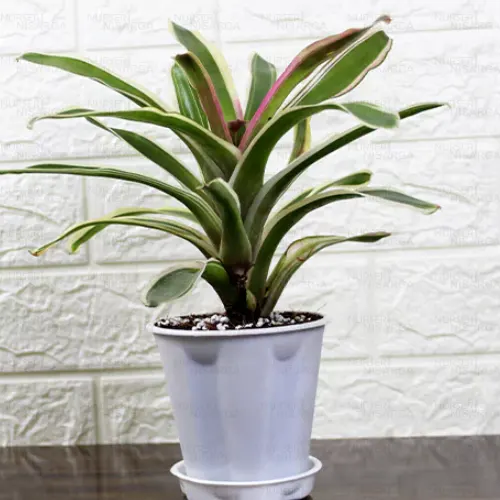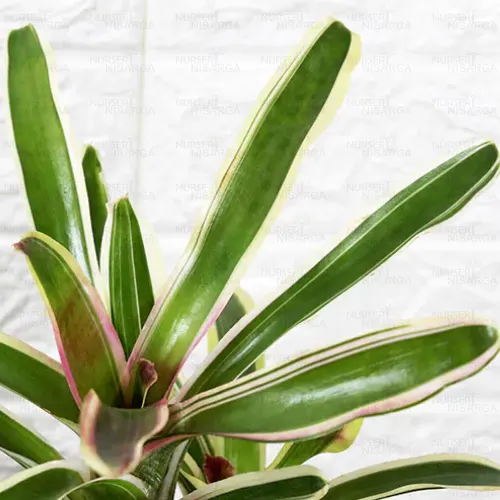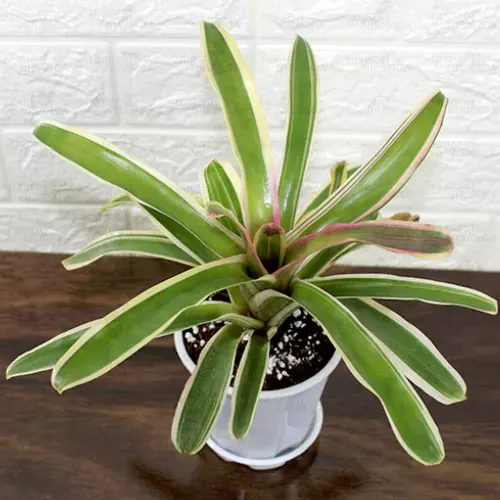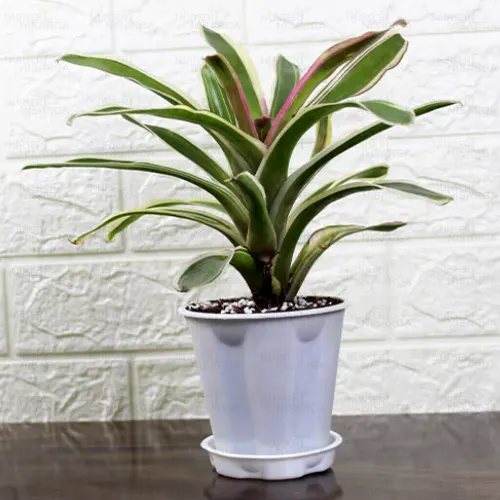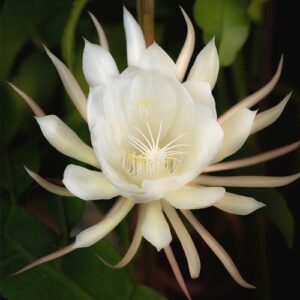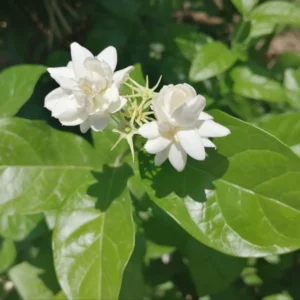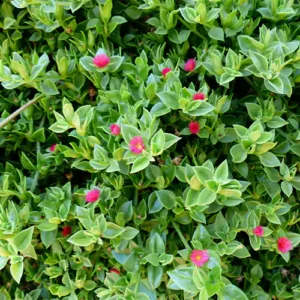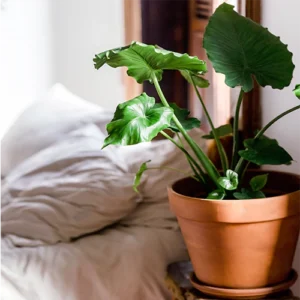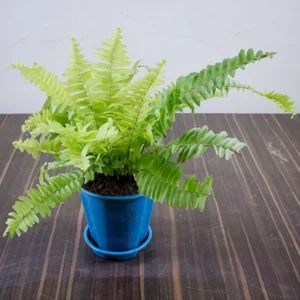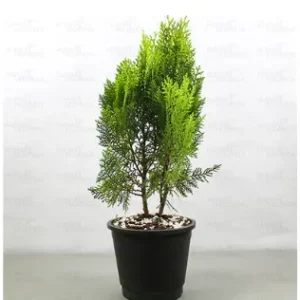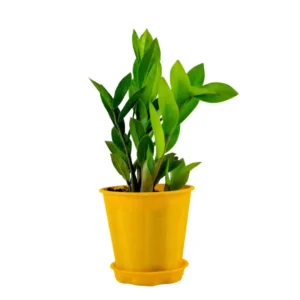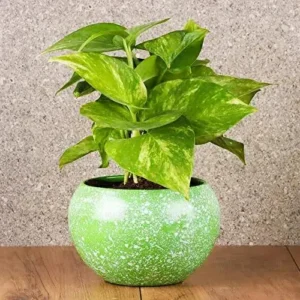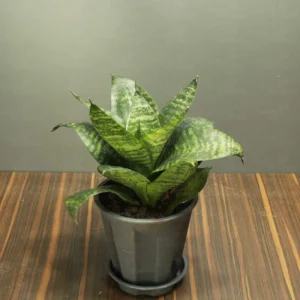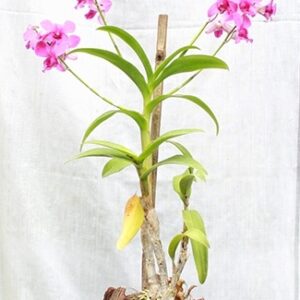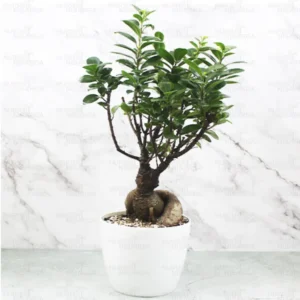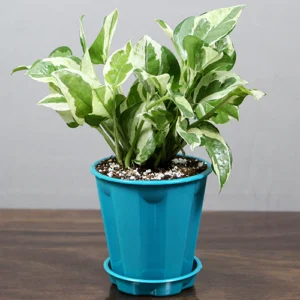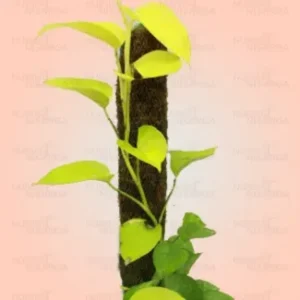Bromeliad Plant (White)
₹349.00
- Live plant along with the plastic pot.
- Plants’ height with pot is 1 feet and pot size is 4 inches diameter.
- Plants nature is indoor/semi shade,
- Bromeliad requires less watering.
- Recommended by NASA’s air purifying study.
4 in stock
Description
Bromeliad Plant
The bromeliad family is large and varied. Its two best-known members, pineapples and Spanish moss, give an idea of the diversity of this group of plants. Most bromeliads are easy to grow either indoors or in the greenhouse. They have attractive forms and leaf colors, and many with flowers that can last for months. The showy bromeliad may look difficult to grow but it can easily adapt to average home conditions with its astonishing array of colors and textures. Although many do have very splashy flower displays, bromeliads are just as popular as beautiful foliage plants with leaves in red, green, purple, orange, and yellow colors and with bands, stripes, spots, and other features. Bromeliads are relatively slow-growing plants that take one to three years to mature into flowering plants.
Bromeliad Plant Growing Tips
(Following a few simple steps can keep you enjoying bromeliads, both indoors and outdoors, for several seasons)
- Provide bright light without direct sun exposure.
- Maintain optimal humidity.
- Keep air flowing around the plants.
- Make sure the plants stay moist but not soggy.
- Provide adequate drainage.
- Fertilize sparingly.
Bromeliad Plant Care Tips
Bromeliad plants require a different type of care, it’s pretty easy and doable even for beginners. Don’t panic because we’ve got you covered on how to care for your Bromeliad plant. From sunlight requirement to common problems and their solutions.
Sunlight
First, on our list on how to care for your Bromeliad plant is to put it in a bright, sunny space where it can get bright, indirect light. They can also thrive in low light conditions, which makes them great low light indoor plants, as well. Avoid placing your Bromeliad plant under direct sunlight as this can burn the leaves. Generally, if you have a Bromeliad plant with hard or stiff leaves, it will most likely enjoy bright, indirect light. While a Bromeliad plant with soft, flexible leaves will prefer lower lighting levels.
Common Problem: If the leaves of your Bromeliad plant are producing brown or white patches, it could mean that the plant is receiving too much light.
Solution: Your Bromeliad plant will grow best under bright, indirect light. A Bromeliad plant that has been receiving too much light will have bleached (white patches ) or sunburned (brown patches) leaves.
Water
Next on our list on how to care for your Bromeliad plant is to water it once a week since they are very tolerant of drought conditions. It’s important to keep the soil moist, but not soggy. Avoid overwatering your plant to avoid root rot.
There are two ways you can water your Bromeliad plant:
- Keep the central cup filled with water, particularly if the light levels and temperature are high. Be sure to remove the water from the central cup every so often to remove any built-up salts.
- Water your plant through the soil weekly during the growing season.
Common Problem: Overwatering your plant can cause severe damage, such as root rot.
Solution: The best way to avoid this problem is to follow a watering schedule of once a week. It’s much better to underwater your plant since it’s fixable than to overwater it.
Your plant can be sensitive to salts in tap water, so it’s best to use distilled water or a water filtration system. However, if this is not possible, leave the water in an open container overnight.
Humidity & Temperature
Adding to our list on how to care for your plant is to put it in a room with a relative humidity of 40 to 60%. To increase the humidity in your home, we suggest that you mist it often, place it near a humidifier, or use a pebble tray. Avoid placing your plant near air conditioning vents, doors, and drafty areas, as well.
Also, your plant prefers temperatures between 70–75°F during the day and between 60–65°F at night.
Toxicity
Your Bromeliad plant is non-toxic to children and pets.
Pests & Other Problems
Bromeliad plants are prone to common pests, such as mealybugs. To eliminate this pest, use a cotton swab dipped in rubbing alcohol. You can also use horticultural oil, organic insecticidal soap, or organic neem oil.
Additional information
| Weight | 1 kg |
|---|---|
| Dimensions | 11 × 11 × 37 cm |

